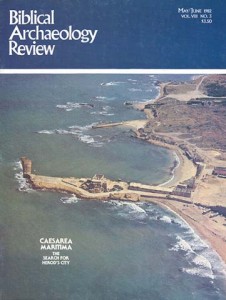
In the 1930’s, the famous archaeologist William Foxwell Albright excavated Tell Beit Mirsim in central Israel. He discovered rows and rows of large stone basins. The dean of Biblical archaeologists was puzzled. Was this some sort of a factory? And if it was, what was manufactured here?
Each basin had a small circular hole in the center and a gutter carved around the rim. Also, a groove was cut from the outer gutter to the center hole.
At first, Albright thought these basins were dyeing vats. The dye and fabric, he said, went inside the basin. Any dye that splashed out of the center of the basin would be caught in the circular gutter around the rim and would roll back along the short connecting gutter into the center of the basin.
This, however, was not a very satisfactory explanation, as Albright himself came to recognize. The basins were only 30 inches (75 cm) wide. Why would the ancients use such small basins to dye large pieces of cloth?
Two additional features at Tell Beit Mirsim eventually helped to clarify the real function of Albright’s “dyeing vats.” The first was a nearby smooth vertical rock wall into which a rectangular niche was carved 12 to 16 inches (3040 cm) above the height of the rock-cut basins. Large stones, pierced through the center, were the second feature discovered near the rooms containing the basins.
Already a library member? Log in here.
Institution user? Log in with your IP address.

